How to Prune Hydrangea, Ornamental Shrubs, and Woody Plants

Want to learn how to prune? Follow these tips for successfully pruning hydrangea, ornamental shrubs, and woody plants.
Do you prune your ornamental shrubs or woody plants?
It’s one of the most daunting tasks in the garden.
How, when, and why to prune plagues many gardeners because they don’t know how to do it.
Particularly hydrangeas.
I get lots of questions about pruning hydrangeas.
But pruning any plant couldn’t be easier once you understand the basics of proper pruning techniques for growing a healthy and beautiful landscape.
Here’s what you need to know!
Why We Prune
Before learning how to prune, it’s important to understand why we prune.
Pruning hydrangeas, ornamental shrubs, and woody plants is important for a number of reasons that include:
- Aesthetics
- Maintaining plant health.
- Controlling growth and the overall size.
- Encouraging fruit and flower production.
- Creating topiaries or spirals.
- Rejuvenating plants.
- Safety
Understanding Growth Habit
Before pruning hydrangeas and other plants, we need to look at growth habits so we make the proper cuts for that particular plant.
In general, shoots grow outward from shrub tips. So removing those tips stimulates lower buds to grow.
Where can the buds be found?
Do you know that spot where the leaves are attached to twigs and branches?
These are called nodes.
Depending on the type of plant, each node can produce one to three buds.
There are two different growth types – mounding and tree-like.
It’s important to discern which type of growth we are working with because we prune differently for each.
Mounding Growth Habit
Mounding growth shrubs have soft, flexible stems with a rounded crown and wide base.
High mounding shrubs are typically tall and wide, requiring minimal maintenance with an occasional prune to maintain their growth habit.
Examples of mounding shrubs include azaleas, spirea, and boxwoods.
Tree-Like Growth Habit
When shrubs have a tree-like growing habit (like a rhododendron), they have divided woody branches.
Supplies Needed for Pruning
- Scissor type or anvil type pruning shears
- Lopping shears
- Pruning saws
Pruning Hydrangea, Ornamental Shrubs, and Woody Plants
In general, we prune with heading and/or thinning cuts.
They are used for different purposes so it is important to understand the differences.
Thinning Cuts
When plants need more air and light, we make thinning cuts to aerate the plant.
In general, we make thinning cuts to reduce shrub density so that more light, air, and moisture reach the main branches, stem, and roots.
To make a thinning cut, make cuts just above parent or side branches and roughly parallel to them.
Then cut off suckers and smaller branches that take away energy from the main branches and add a lot of weight to the plant.
Thinning cuts do not promote new growth but rather help maintain good plant health.
Heading Cuts
In the alternative, heading cuts promote new growth because cuts are made close to the node where buds form.
So it’s important to note which direction those buds are because that determines where new branches will grow.
A really good example of this is my hydrangea paniculata here at the new house.
Whoever was taking care of these shrubs prior was not pruning these correctly because it had the shape of a buzz cut instead of encouraging the branches to grow upward and outward.
Thus, it is imperative to make cuts selectively when trying to control the overall size and maintain a natural form.
Look closely at where the nodes are and the direction they face.
The only time you’ll make non-selective cuts is when you are making a specific shape like topiary or shaping a hedge.
And that’s because you’ll be making these cuts often to retain the specified shape.
To make heading cuts, prune about 1/4″ above the bud on an angle that slopes down and away.
Always cut on a 45-degree angle.
Pruning to Maintain or Rejuvenate Plants
Now that we’ve covered how to prune, let’s chat about how to maintain or rejuvenate ornamental shrubs and woody plants.
Here’s what you need to know.
Maintenance Pruning Tips
When growing ornamental shrubs and woody plants, sometimes we need to maintain their growth to keep them healthy and scaled with the rest of the landscape.
As a side note, it’s best to consider overall plant size at the time of planting, but sometimes home gardeners and landscapers don’t consider the overall growing size when planting because they want the aesthetic.
So please read plant tags and know the overall size at maturity before planting because you’ll save yourself a lot of work maintaining your landscape plants.
But I digress – back to maintenance pruning.
Removing Dead and Diseased Branches
All dead and diseased branches should be pruned when you see them by making thinning cuts well below the branch. This ensures that you removed what’s dead or diseased.
NOTE: Be sure to disinfect tools to minimize the spread of disease while you are working. I like to use Clorox wipes in the garden as I work but you can easily dip your tools in a solution of 1 part bleach to 9 parts water too.
Mounding Shrubs
If you want to control the height of mounding shrubs, remove the longest branches inside the shrubs with a thinning cut so you can’t see where the cut is made.
But don’t remove more than 1/3 of their branches to avoid plant shock.
Cane-Like Shrubs
To control the height of cane-like shrubs, such as roses, remove the tallest canes closest to ground level and thin out canes crowding the center to open up the plant.
Think of it like a basket where you want the center to be open and allow more air, light, and water to reach the main stem, branches, and root system while preventing it from getting unruly.
Tree-Like Habit
To maintain or control shrubs with a tree-like habit, remove branches that rub one another first. And much like cane-like shrubs, make thinning cuts to open up the center allowing more air and light to reach the plant.
Prune suckers where they emerge and any branches that touch the ground as well. Suckers are unnecessary plant growth and take away much-needed nutrients from the main plant.
Thin these types of plants out first before making heading cuts and do not remove more than 1/8-1/4 of their branches to avoid shocking the plant.
Rejuvenating Pruning Tips
When mature plants become overgrown or have a lot of unproductive wood with deceased branches, it’s time to rejuvenate the plant.
But before making cuts, consider the following factors:
- Species variety.
- Pruning at the right time.
- Provide more care for hard pruned shrubs and woody plants.
- Think ahead to what the shrub will look like after a hard pruning.
There are two ways to rejuvenate a plant with pruning and that is through hard pruning or gradual pruning.
Hard Pruning or Extensive Rejuvenation Technique
Hard pruning means we cut the whole plant to roughly 6-10 inches above the ground.
Since it’s a big chore, it’s best to use heavy lopping shears and/or a pruning saw.
Remove half of the new canes that develop by mid-summer, and head back some of the remaining canes.
Not all shrub species can tolerate hard pruning, but those that tolerate it are:
- spirea
- weigela
- forsythia
- abelias
- lilacs
- rose of sharon
Gradual Rejuvenation Pruning Technique
Gradual rejuvenation pruning is a little less aggressive than hard pruning because growth is removed gradually over the course of three years instead of all at once.
In the first year of rejuvenation, remove 1/3 of unproductive and old branches.
The following year, we remove another third of the old branches.
And in the last year, we cut out remaining old and unproductive branches.
While this method takes longer over time, the shrub will look better during the rejuvenation process instead of creating a huge giant hole in the landscape.
As someone who has cut back my weigelas and forsythia hard, that gaping hole is very noticeable. If you do it, you may want to consider planting annuals around it after to disguise the empty spot during that season.
Knowing When to Prune is Half the Battle
Anytime that you prune, always know when specific plant flowers before making cuts because removing branches in different seasons can promote different things.
Pruning in late winter or early spring is typically the best time to prune because newer tissue forms quickly and you can see where you are making the cuts before the plant leaves out.
For example, I tend to prune my hydrangea paniculata back on the first warm day in late winter/early spring.
With spring-blooming plants, don’t prune it until just after flowering because these types of plants set their buds on old wood. Pruning it at the wrong time will mean you cut off next season’s blooms and dramatically decrease flowering if it flowers at all.
Hydrangeas are a really good example demonstrating the importance of knowing when to prune at the right time. (We’ll talk specifically about hydrangeas below).
If a plant blooms in summer, prune in early spring before the buds set or immediately after flowering.
Pruning in summer suppresses foliage and sucker growth while pruning in late summer or early fall causes vigorous growth.
So timing is everything because pruning in late summer or early fall can cause winter damage to plants that did not have enough time to harden off prior to winter.
What You Need to Know About Pruning Hydrangea
Since pruning hydrangeas is a popular question among my readers, knowing when and how to prune it is super important so your plant flowers.
Therefore, it’s even more important to know what type of hydrangeas you have in your landscape to know when to prune them.
With hydrangeas, there are three different pruning categories that depend on whether the plant blooms on old or new wood. They are:
- Hydrangea Macrophylla which blooms on old wood
- Hydrangea Arborescens and Hydrangea Paniculata which blooms on new growth
- Everblooming/Endless Summer Hydrangeas which bloom on both old and new wood
Everblooming and Macrophylla
Hydrangeas bloom on old wood and should be pruned when flowers start to fade.
It drives me nuts when I see landscapers cut hydrangeas back in early spring without a thought. The general rule I follow is to leave them be until you know what branches are actually dead wood.
If you cut them back between fall and early spring, they won’t flower because the buds were trimmed off.
Hydrangeas that bloom on new growth should be cut back in late winter or early spring.
As I mentioned previously, I cut my Hydrangea Paniculatas back hard on the first seasonable day in late winter/early spring and it blooms beautifully every fall.
Thus, your timing is critical!
And if you are not sure what variety of hydrangea you have, reach out to your local cooperative extension or master gardener program and ask them to ID the plant for you.
The local cooperative extension and master gardeners are great resources for home gardeners.
How to Keep Pruning Tools Sharp and Clean
As I mentioned earlier, it’s really important to keep pruning tools sharp so it makes better cuts and keeps clean tools to help prevent the spread of disease between plants.
For best practices, it’s important to clean tools moving from plant to plant to minimize the spread of disease in the garden.
I tend to carry Clorox wipes around and wipe my tools off while I work, but I also use 1 part bleach to 9 parts water or 70% alcohol to clean pruning tools after working.
After cleaning, tools should be thoroughly rinsed and oiled because the sharper the blade, the less damage to tissues will occur.
Want More Gardening Tips, Tricks, and Design Inspiration? CLICK HERE
Pin and Save It For Later
If you like this post, please share and pin it on Pinterest. (If you hover over the image, the Pinterest button will be in the upper left corner.) I’ve created the below-custom pins for this post.
Subscribe to the blog and gain access not readily available to the public.
Thank you so much for following along.
Enjoy a beautiful day! xo
If you like this post, please follow me @bricksnblooms on Pinterest, Facebook, Instagram, and Tik Tok. Subscribe to my YouTube Channel. Or join my Facebook Group.
Enjoyed the project?
Suggested materials:
- Pruners (garden nursery)
- Garden debris bin (garden nursery)




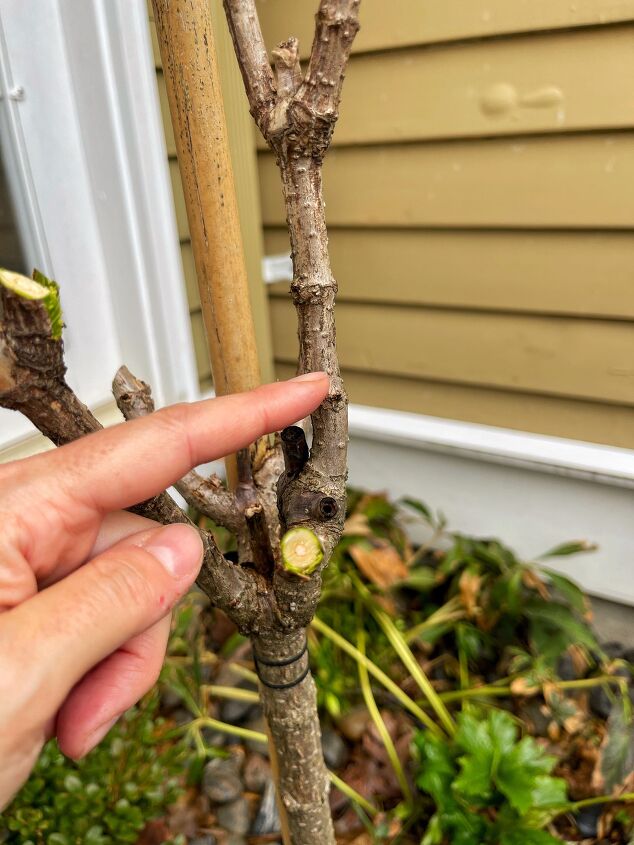




















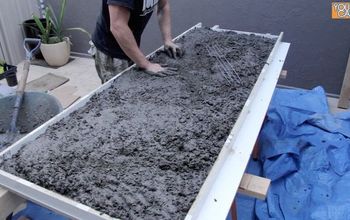




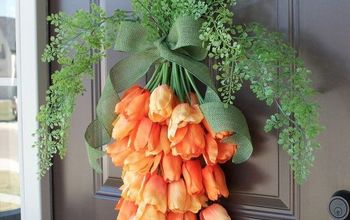

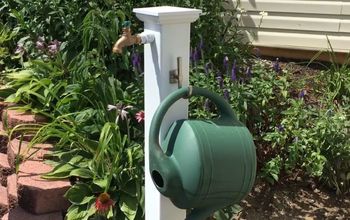








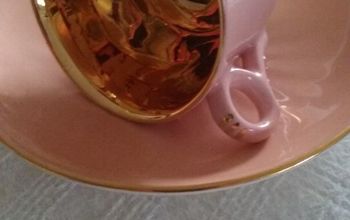


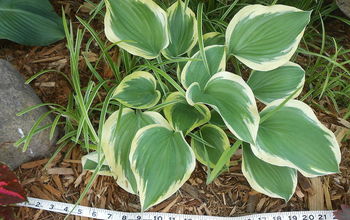

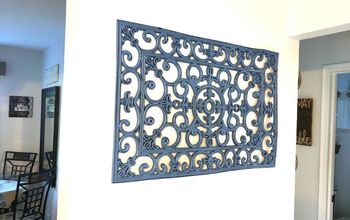
Frequently asked questions
Have a question about this project?